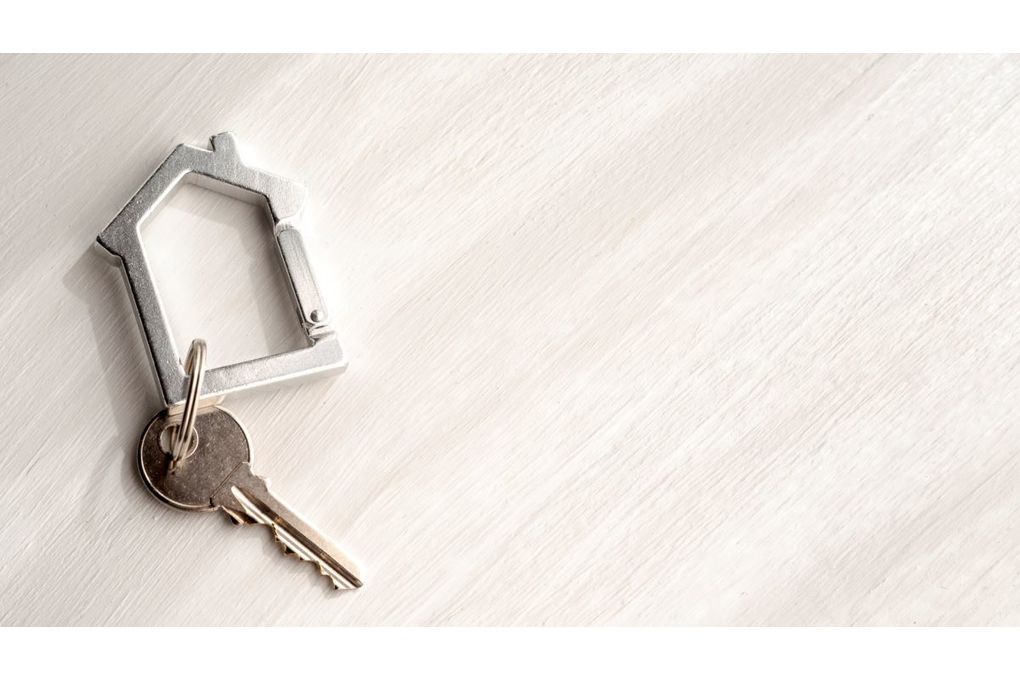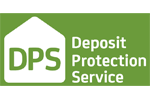What’s the difference between a Freehold and a Leasehold Property?

- Sep 23rd 2020
Freehold Property
Buying a freehold property means that you own the building and the land outright, and your name will appear in the Land Registry as the freeholder and you own the ‘title absolute’. Owning a freehold property is the most more straightforward form of home ownership.
Key Features or owning a Freehold Property:
- There is no annual ground rent to pay.
- There are no monthly lease charges to pay.
- You are the sole person responsible for maintaining the building and managing the land rests with you as the freeholder.
- Freehold is the most common way of selling houses, as they are standalone properties and include the land with the purchase.
- Some new-build homes are being sold as leasehold properties, so make sure you check before you buy. The government is considering a ban on this.
Leasehold Property
Leasehold properties are the more complex form of home ownership by comparison. Often apartments or where multiple homes which form one larger building, are sold as leasehold properties.
The freeholder or the landlord owns the land and the building. The homebuyer who purchases a leasehold property is buying a ‘lease’ from the freeholder for an agreed number of years. Commonly leases are sold between 90 to 120 years, however, they can be up to 999 years.
Some mortgage lenders are adverse on lending on a property with a short lease, so make sure you check with your bank or mortgage advisor on how long the lease needs to be.
Key Features or owning a Leasehold Property:
- A leaseholder buys a lease to the property from the freeholder for an agreed number of years.
- The contract between the leaseholder and the freeholder details the legal responsibilities and the rights of each party.
- The freeholder is usually responsible for the upkeep and maintenance of the common areas of the building. This also includes the roof and exterior walls of the property.
- The leaseholder will also need to pay ground rent and service charge, maintenance fees and a share of the insurance for the building.
- A leaseholder can not undertake any significant work on the property without the permission of the freeholder.
- Leaseholders may have additional restrictions on how they use their property, such as subletting rooms and whether pets are allowed or not.
- The lease can become forfeit if a leaseholder does not fulfil their side of the contract.
- Leaseholders can claim the ‘Right to Manage’, which means they can legally take over the management of the property from the freeholder.
What’s in the lease?
The leasehold document contains all the details of the lease, including:
- The length of the lease
- Service charges that will be due
- The amount charged for the ground rent
- The obligations of both the freeholder and leaseholder
- Rent increases or changes that are permitted, and when these can happen
Length of the lease: Leases are initially sold with an average of 90 to 120 years. Shorter leases can be sold too, however, this is where a lease renewal has not taken place.
Ground rent: This is an agreed amount the leaseholder must pay the freeholder. Ground rent is often charged annually, as this is a small amount in comparison to the service charge.
Obligations: These are the responsibilities of both the freeholder and the leaseholder with regards to the property, and the building/common areas.
Rent increases: Details of any increases in the ground rent the leaseholder can expect, showing how much and how often those increases will happen.
What's a Service Charge?
Service charge is paid to the freeholder or company responsible for managing the property. This is often taken as a monthly or quarterly amount and covers all the activities that are needed to maintain the building. This includes insurance, maintenance, repairs, gas and electricity for all common areas of the building.
Properties with features such as leisure facilities, concierge services or resident lounges will usually incur higher service charges.
What's a Ground Rent?
Ground rent is a low fee paid to the freeholder as a token ‘rent’ for the ground a property sits on. For older properties, this could amount to around £50-100 paid annually, but for some new-build properties it may be higher, and there may be a clause in the leasehold agreement that states how much the ground rent can increase over time.
It is always worth checking the terms of a leasehold contract to make sure ground rent charges are reasonable in the long term.
Extending leases on leasehold properties
It is possible to extend the length of the lease on a leasehold property – indeed, it is a legal right of the leaseholder to do so. However, the costs can be high, and grow higher as the lease length becomes shorter.
Tips for buying a leasehold property
- Be very clear about the length of lease on the property you want to buy.
- If the lease is less than 80 years, look into the cost of extending it.
- Check communal areas are in good condition, and communal electricity bills have been paid.
- Make sure you know exactly how much the service charge and ground rent will cost.
- Check anything in the lease about increases to ground rent or service charges.
- Check the lease to see whether you are allowed to rent out your property.
- Ask for contact details of all relevant parties, including managing agents or the freeholder.
If you are looking to purchase a property, speak with one of our property experts today by calling 0116 266 9977.








